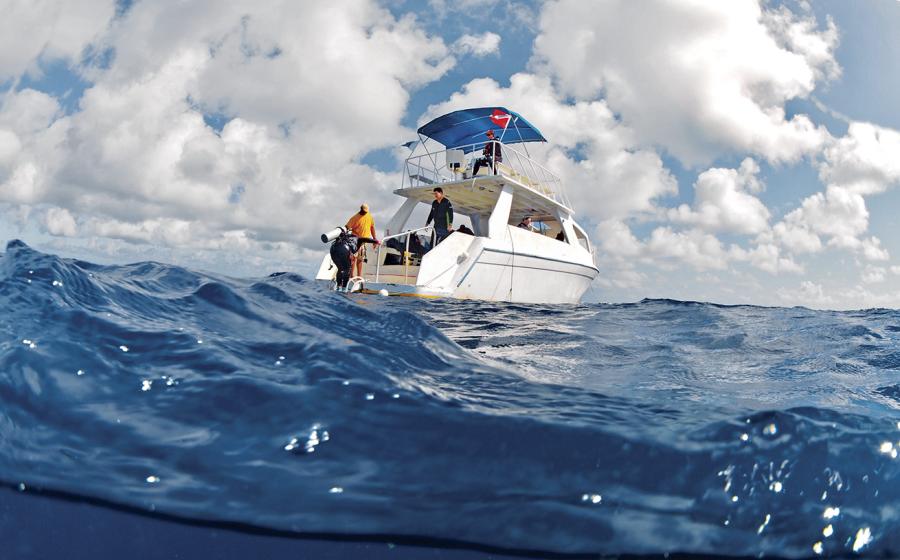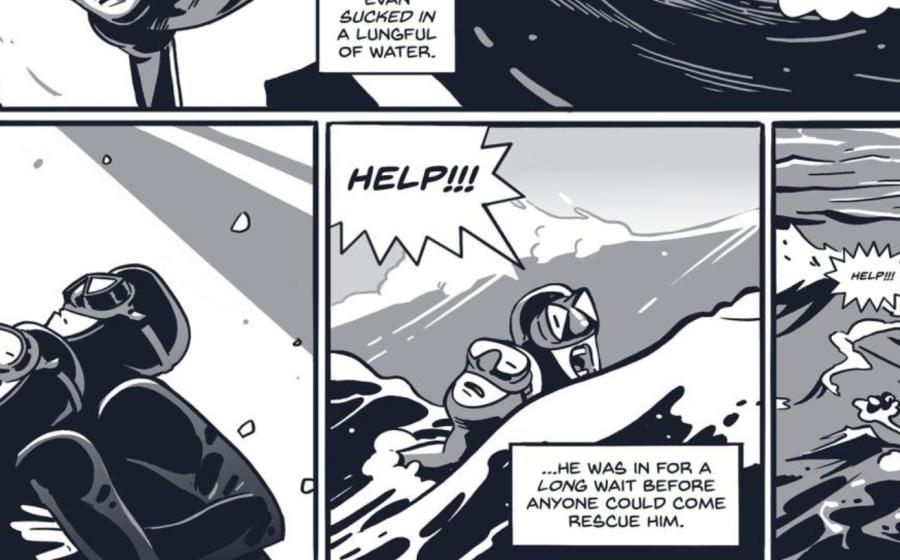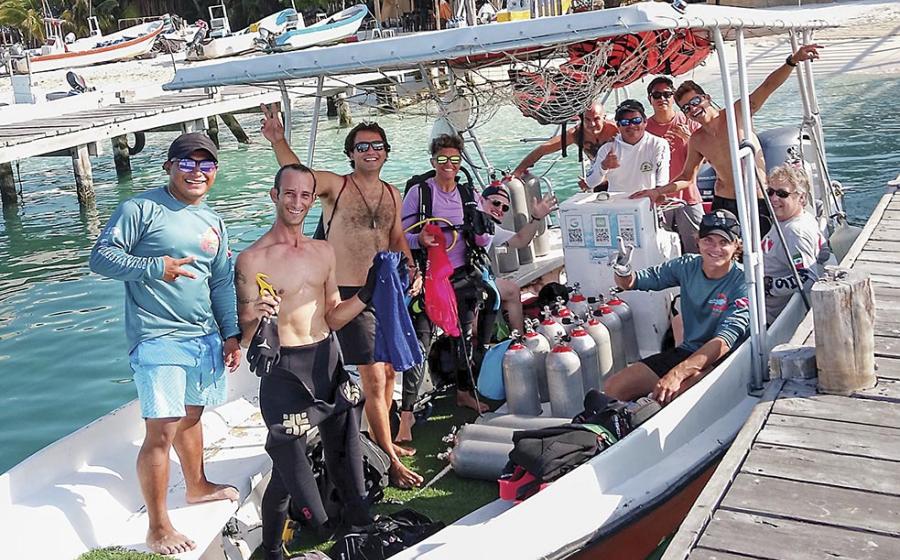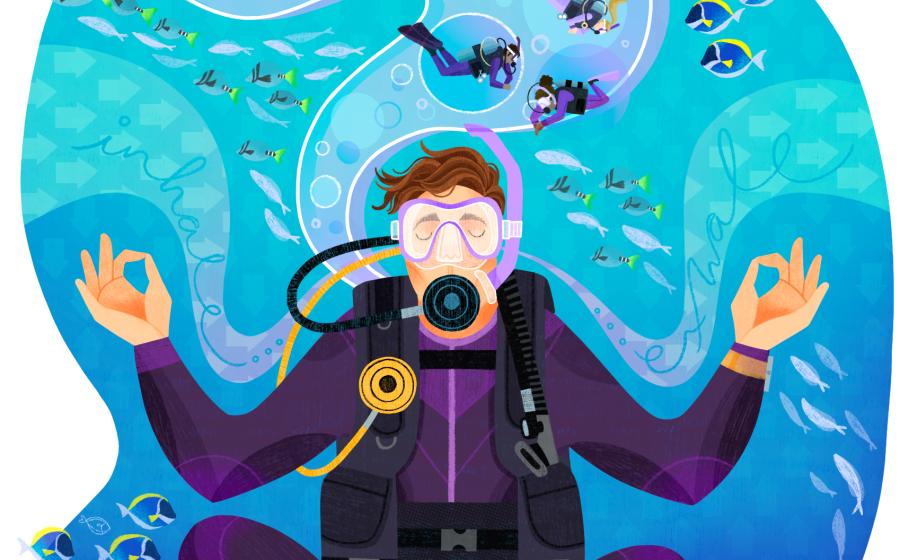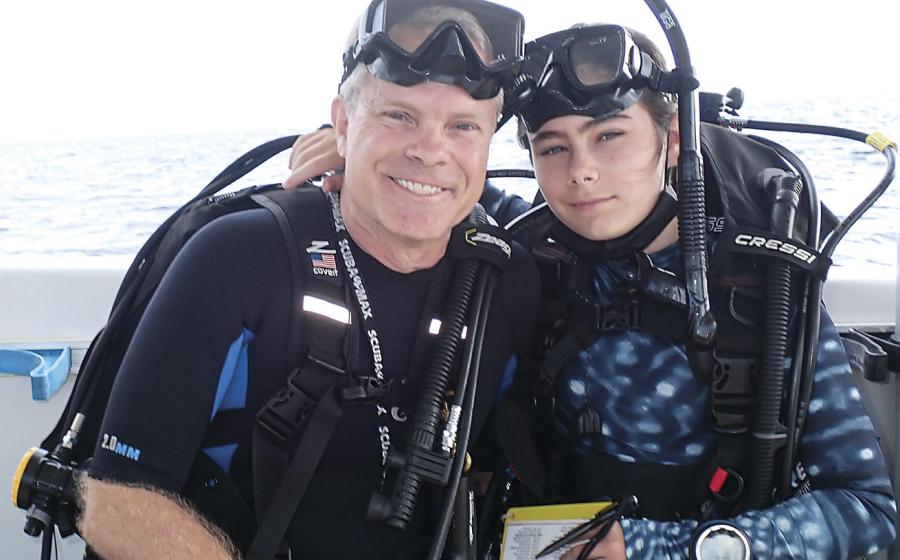Scuba Diving in South Florida's Biscayne National Park - Dive Conditions and Information
COVID-19 travel restrictions and border closings are constantly evolving. There is no guarantee that the dive sites mentioned within this article will be open at your time of travel.
This year marks the 100th anniversary of our National Parks, a century of stewardship first derived from the uniquely American notion that magnificent lands are worth protecting. Now numbering 59, the parks aren’t all purple mountains majesty, but rather a diverse collection that includes islands, seashores, lake shores, reefs and surrounding waters.
MORE DIVES IN THE USA
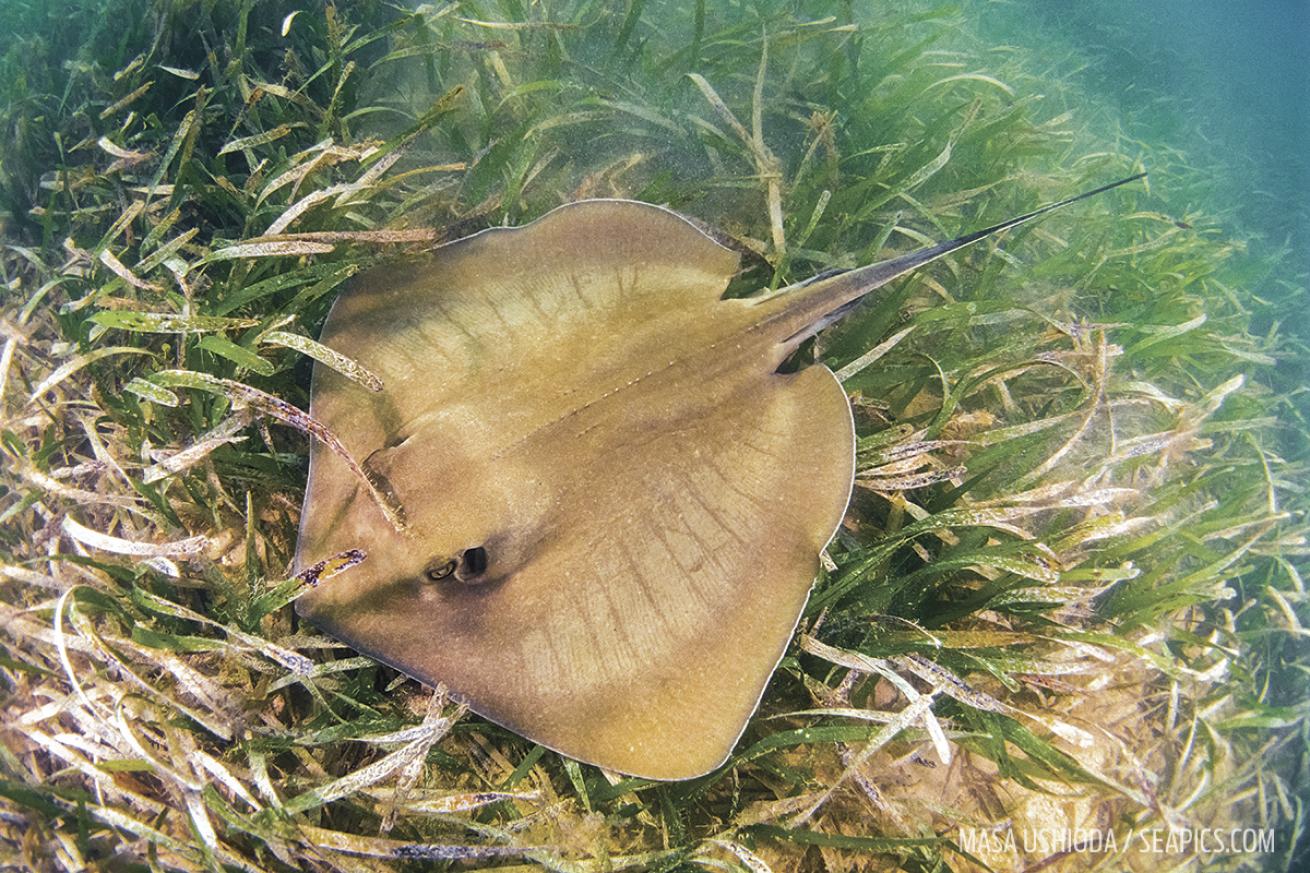
Masa UshiodaSouthern stingrays are just one of the many creatures you can spot along South Florida's Biscayne National Park's 25 miles of coral reefs, barrier islands, estuaries, shipwrecks and sea.
Dive Conditions and Facts
Depth: Between 50 and 80 feet
Dive Access: Boat only
Water Temperature: 36 to 55 degrees F
Visibility: Up to 100 feet
When to Go: June and July
Dive Shop: Tropic Scuba of South Miami is the sole boat charter approved for diving Biscayne National Park.
Price: Private half-day charter trips with a licensed guide for three to four divers cost $925 and include two drift dives each. A full day’s charter with additional dives runs $1,425.
Scuba Diving Overview
Just beyond Miami’s glitter lies a special gem of natural beauty where 25 miles of coral reefs, barrier islands, estuaries, shipwrecks and sea form the 172,900-acre subtropical dive paradise of Biscayne National Park. Thanks to the Park’s protected status, traffic here is a fraction of what the Keys normally see. Add the Gulf Stream’s nutrient-filled waters that bathe the entire area, and it’s no surprise marine wildlife is abundant – from goliath grouper, sea turtles and manatees to lemon, hammerhead and tiger sharks.
Can’t decide where to go? Elkhorn Reef is known for its stellar stands of namesake corals that dominate the shallow reef patch. Ajax, Long and Star reefs are barrier reefs fringing the ocean side of Biscayne, with drifts that lead to enticing coral-encrusted spur-and-groove formations spilling to sandy bottoms at 100 feet. But also think of the park as an underwater museum that preserves the human history of earlier maritime commerce. Wrecks such as the 345-foot iron-hulled Spanish steamer Alicia, which sank in 1905, and the 262-foot Arratoon Apcar, a Scottish iron-hulled steamer that went down in 1878, are just a couple of the dozens that are scattered throughout the park.
Drift dives, fishy reefs, wrecks — it’s not hype to say Biscayne has it all. (And pssst! Chances are you’ll be the only divers around.)






